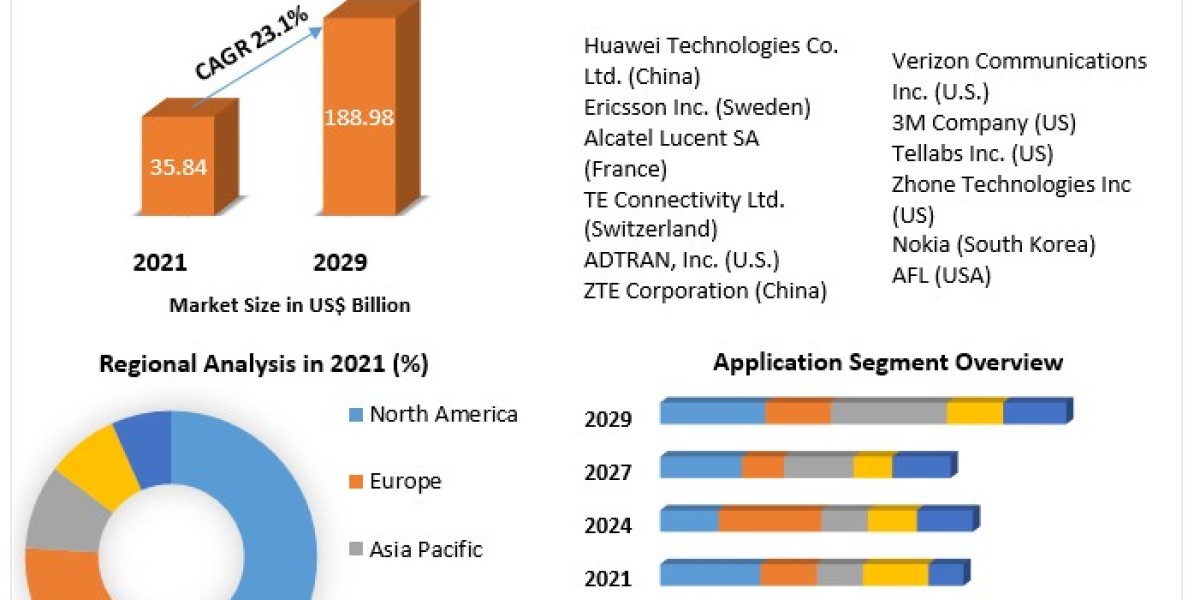Introduction
In the rapidly evolving landscape of healthcare, interoperability between different health information systems has become a critical focus. The ability of electronic health records (EHRs) and electronic medical records (EMRs) to communicate effectively can enhance patient care, streamline workflows, and improve overall healthcare outcomes. At the heart of this interoperability is the Health Level Seven (HL7) standard, a set of international standards for the exchange, integration, sharing, and retrieval of electronic health information.
This article explores how hl7 integration services enhances interoperability between EHRs and EMRs, its significance in improving healthcare delivery, and the challenges and solutions associated with implementing these standards.
Understanding EHRs and EMRs
Before delving into HL7 integration, it's essential to understand the distinction between EHRs and EMRs:
Electronic Medical Records (EMRs): EMRs are digital versions of paper charts in a clinician's office. They contain the medical and treatment history of patients in one practice. EMRs are not designed to be shared outside the individual practice; they are primarily used for diagnosis and treatment within a specific organization.
Electronic Health Records (EHRs): EHRs, on the other hand, are designed to be accessed by multiple healthcare providers and organizations. They provide a comprehensive view of a patient's health history and can include information from various providers, making them more interoperable and beneficial for coordinated care.
The Importance of Interoperability
Interoperability refers to the ability of different information systems, devices, and applications to connect and communicate with one another. In the context of healthcare, interoperability ensures that relevant patient data is available whenever and wherever it is needed. The benefits of interoperability in healthcare include:
Improved Patient Care: Clinicians can access complete patient records, leading to better-informed decisions and coordinated care.
Enhanced Efficiency: Streamlined workflows reduce duplication of tests and procedures, saving time and resources.
Reduced Errors: Access to accurate and complete patient data can significantly decrease medication errors and adverse events.
Better Population Health Management: Aggregated data allows for more effective tracking of health trends and outcomes in populations.
HL7 Standards: A Brief Overview
HL7 is an organization that develops standards for the exchange of electronic health information. Its standards facilitate the interoperability of EHRs and EMRs across various healthcare settings. Key HL7 standards include:
HL7 V2.x: Widely used for messaging between systems, such as sending patient information and lab results.
HL7 V3: Provides a more robust framework for exchanging health information, using a model-driven approach to facilitate complex data exchange.
Fast Healthcare Interoperability Resources (FHIR): The latest HL7 standard, FHIR, is designed for the web and mobile applications. It supports RESTful APIs and is intended to simplify data sharing across different platforms.
How HL7 Integration Enhances Interoperability
1. Standardization of Data Exchange
HL7 standards establish a common language and framework for data exchange. This standardization is crucial for enabling diverse systems—often built by different vendors—to communicate effectively. For example, when a patient visits a new healthcare provider, HL7 can facilitate the transfer of their medical history, lab results, and treatment plans, regardless of the EHR or EMR system in use.
2. Real-time Data Access
One of the significant advantages of HL7 integration is the ability to access real-time patient data. For example, when a clinician orders a lab test, the results can be sent back to the EHR system using HL7 messaging standards, ensuring that the information is up-to-date and readily available for clinical decision-making. This immediacy can be crucial in emergency situations, where timely access to patient data can save lives.
3. Support for Clinical Workflows
HL7 integration can enhance clinical workflows by automating processes and reducing manual data entry. For instance, when a patient is discharged from a hospital, their discharge summary can be automatically sent to their primary care physician's EMR using HL7. This automation not only saves time but also minimizes the risk of errors associated with manual data entry.
4. Facilitating Care Coordination
Effective care coordination is essential for improving patient outcomes, particularly for individuals with chronic conditions who often see multiple specialists. HL7 integration allows for the seamless sharing of information between different providers, ensuring that everyone involved in a patient's care has access to the same information. This collaborative approach enhances the quality of care and reduces the chances of conflicting treatments.
5. Enhancing Patient Engagement
Patient engagement is a growing focus in healthcare, with patients increasingly involved in their care decisions. HL7 integration enables healthcare organizations to provide patients with access to their health records through patient portals or mobile apps. This access allows patients to review their medical history, lab results, and medication lists, fostering a sense of ownership over their health and encouraging adherence to treatment plans.
Challenges in HL7 Integration
Despite the advantages of HL7 integration, several challenges can hinder its implementation:
1. Complexity of Standards
While HL7 provides a robust framework for interoperability, the complexity of its standards can pose challenges for healthcare organizations. Many organizations struggle to understand and implement the various HL7 versions and resources, leading to inconsistent integration efforts.
2. Data Mapping and Transformation
Integrating data from different systems often requires extensive data mapping and transformation to ensure that information is correctly interpreted. This process can be time-consuming and may require significant technical expertise.
3. Vendor-Specific Customizations
Different EHR and EMR vendors may customize their systems in ways that make interoperability more difficult. These customizations can lead to variations in how data is captured, stored, and shared, complicating the integration process.
4. Resource Constraints
Implementing HL7 integration can be resource-intensive, requiring significant investments in technology and staff training. Smaller healthcare organizations may struggle to allocate the necessary resources for successful integration.
Solutions for Overcoming HL7 Integration Challenges
To address these challenges and enhance HL7 integration, healthcare organizations can consider the following strategies:
1. Invest in Training and Education
Providing training and education for staff on HL7 standards and integration processes is essential for successful implementation. This investment can help demystify the standards and ensure that employees understand how to leverage them effectively.
2. Collaborate with Experienced Vendors
Partnering with experienced EHR and EMR vendors who understand HL7 integration can help streamline the process. These vendors can offer guidance, best practices, and tools to facilitate seamless data exchange.
3. Use Interoperability Tools
Leveraging interoperability tools and platforms can simplify the integration process. These tools can automate data mapping and transformation, reducing the complexity of integration and enabling more efficient data exchange.
4. Establish Clear Communication Channels
Encouraging open communication between different stakeholders involved in the integration process—such as IT teams, clinical staff, and vendors—can help identify challenges early and foster collaborative problem-solving.
Future Trends in HL7 Integration
As healthcare continues to evolve, several trends are likely to shape the future of HL7 integration:
1. Increased Adoption of FHIR
With its focus on simplicity and usability, the Fast Healthcare Interoperability Resources (FHIR) standard is gaining traction in the healthcare industry. FHIR's ability to support modern web and mobile applications makes it an ideal choice for organizations looking to enhance interoperability.
2. Rise of Artificial Intelligence and Machine Learning
Artificial intelligence (AI) and machine learning (ML) are poised to play significant roles in healthcare interoperability. By analyzing large datasets and identifying patterns, AI and ML can improve data exchange processes and enhance decision-making.
3. Greater Focus on Patient-Centric Care
As healthcare moves towards more patient-centered models, the need for effective interoperability will only increase. HL7 integration will be vital in ensuring that patients have access to their health information and can share it seamlessly with different providers.
4. Regulatory Push for Interoperability
Government regulations are increasingly emphasizing the need for interoperability in healthcare. Initiatives like the 21st Century Cures Act in the United States mandate that healthcare organizations implement standards to promote data sharing, which will further drive HL7 adoption.
Conclusion
HL7 integration is a cornerstone of interoperability between EHRs and EMRs, facilitating seamless communication and data exchange across various healthcare systems. By standardizing data exchange, enabling real-time access to information, supporting clinical workflows, and enhancing care coordination, HL7 plays a vital role in improving patient care and operational efficiency.
While challenges exist in implementing HL7 standards, proactive strategies can help healthcare organizations overcome these obstacles and leverage the full potential of interoperability. As the healthcare landscape continues to evolve, the importance of HL7 integration will only grow, paving the way for a more connected and efficient healthcare system.













